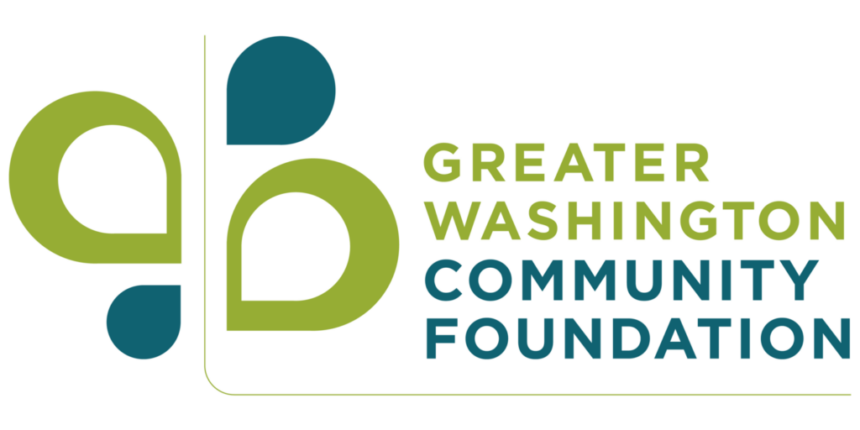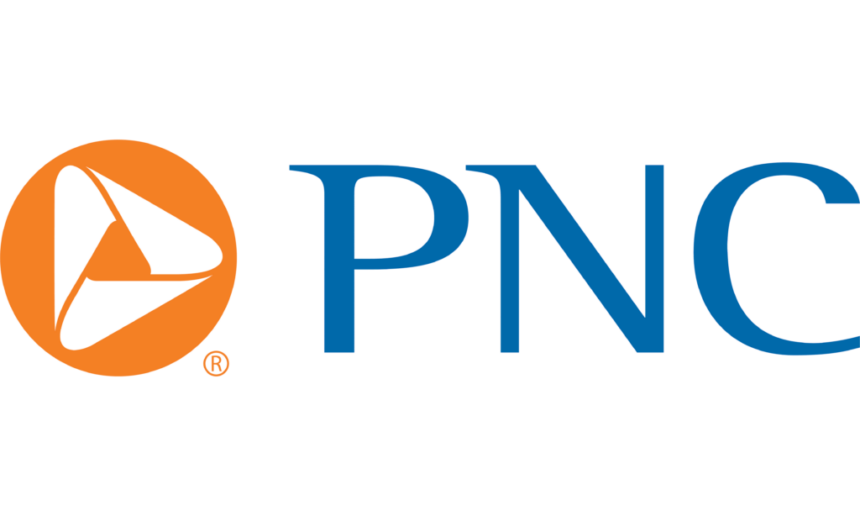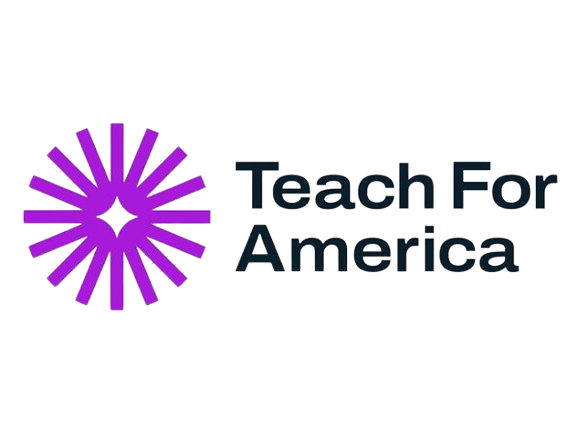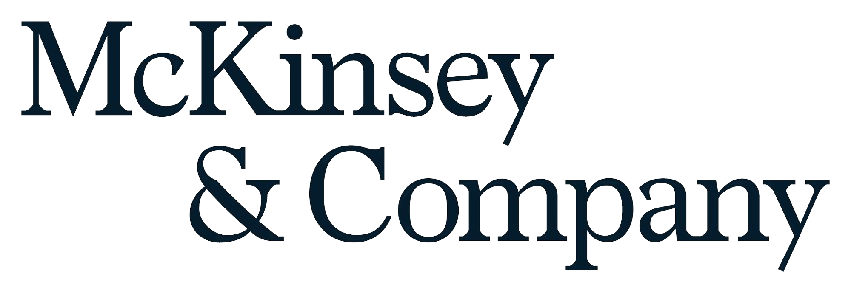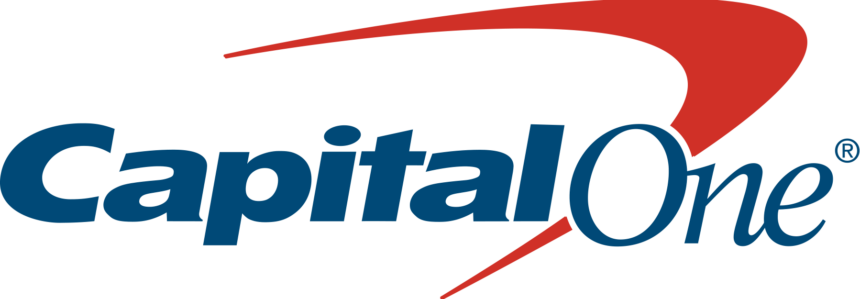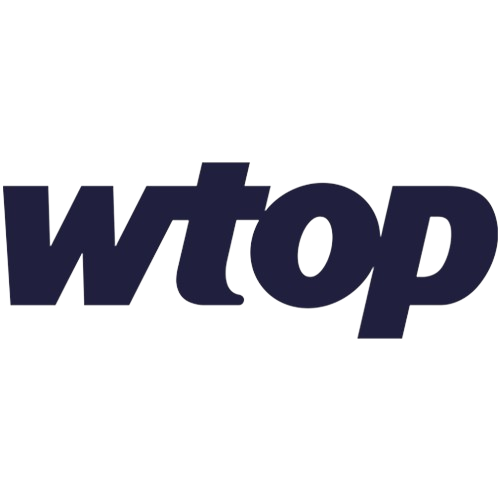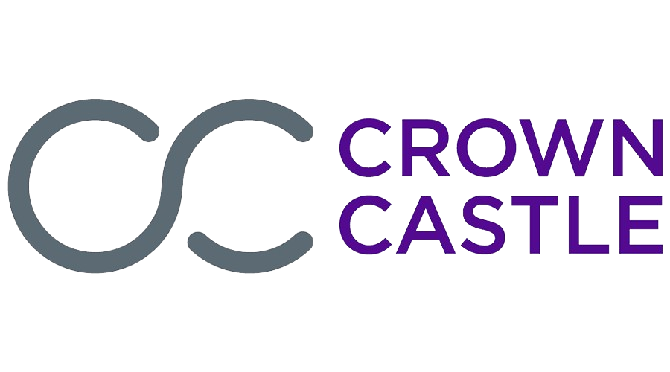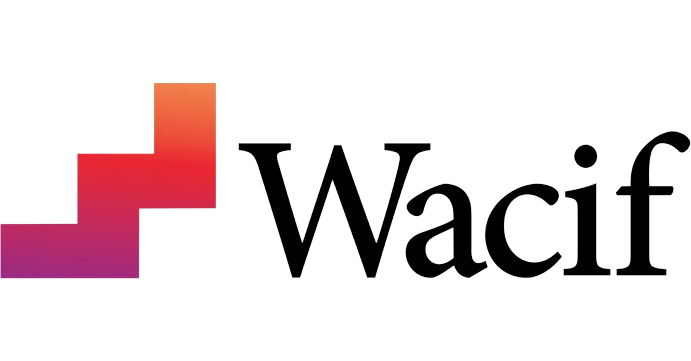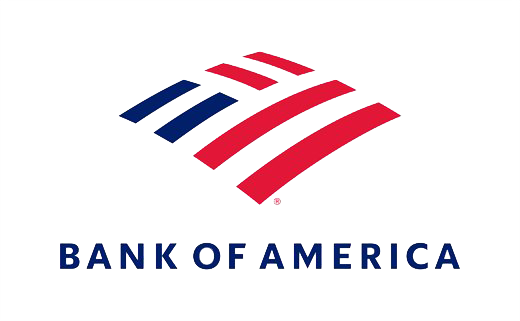Five Ways Corporate Leaders Can Improve Racial and Social Equity
Between February and June 2021, the Board of Trade worked with its members and friends in the DMV to produce a series of webinars exploring the causes of the region’s troubling racial and social inequities and solutions that employers and corporate leaders can implement. The series included guest speakers from the private sector, academia, local government, healthcare, and the nonprofit world. Their diverse perspectives created a rich discussion with many nuggets of wisdom and practical tips.
Below are five of the most salient lessons to emerge from the series.
Put Structure, Resources, and Accountability Around DEI
Many corporate leaders are feeling a more urgent need to build out their company’s diversity, equity, and inclusion (DEI) initiative. Several speakers throughout the series emphasized the need to treat the DEI function like any other business-critical function. It should collect and track data, have accountability metrics and strong governance, and be embedded in the company’s operations rather than sidelined into a separate corporate social responsibility (CSR) function.
Ken Jenkins of NFP advised that the most the most critical step is to define the relationship between the DEI advisory board and the executive leadership team. The company should decide if the DEI advisory board is a recommending body or a decision-making body, and how changes will be reviewed and implemented. Establishing a strong structure ahead of time ensures that DEI efforts are fully supported by the organization. Here’s Ken’s explanation:
Learn more about how companies are bolstering their DEI efforts by watching our webinar, Understanding the Opportunity Divide and its Impact on Corporate America.
Rethink Your Talent Pipeline
One of the most powerful ways that organizations can drive racial and social equity in their communities is through employment. If your workforce does not look like the community in which you operate, that may be a red flag that your hiring practices are excluding certain demographics—and potentially overlooking valuable talent.
Grads of Life, a national expert in helping companies develop inclusive talent management strategies, educated webinar participants on the “Opportunity Divide,” which impacts individuals and employers. On one side of the divide are individuals with valuable skills and the desire to work, but who do not have traditional career pathways. These individuals are called “Opportunity Talent” and include young people not in higher education, people with disabilities, or the formerly incarcerated. On the other side of the divide are employers who have roles, typically “middle-skill” roles, that they struggle to fill.
Hiring Opportunity Talent means being more open-minded about how a person’s life experiences give them strengths and skills that can benefit your company. This video produced by Grads of Life illustrates what it means to engage Opportunity Talent.
Zuzana Steen, Academic and Community Relations Senior Manager at Micron Technology, and Camille John, D&I Enterprise Head of Underrepresented Ethnic Talent Strategy and Bank of America, share how they partner with community organizations like Year Up to source and develop Opportunity Talent:
Watch our webinar Opportunity Talent and the Value of Investment for a deep dive on this practice, including an overview of the six Opportunity Employment principles.
Leverage Employee Benefit Programs
The COVID-19 pandemic made it clear that employees’ health is of material importance to business. What many business leaders may not realize is that there are longstanding differences in how our society and healthcare system impact people’s health depending on their race, gender, English fluency, and other variables. These “social determinants of health” are the reason why we observed much higher rates of COVID-19 hospitalization and fatality among communities of color.
Just like employing a diverse workforce can be a powerful tool for building racial and social equity, providing robust healthcare benefits can be a powerful tool for building health equity. Anita Jenkins, Chief Executive Officer of Howard University Hospital, and Dr. Yele Aluko, Chief Medical Officer for EY Americas, offered several tips for employers to maximize a positive outcome for employees of color.
First, make sure it is easy for employees to navigate their healthcare benefits and to take advantage of employee wellness programs. Incentivize the usage of those programs and treat it as part of the core operations of the business. Second, take a step back. There has been a lot of reactivity to COVID-19 but smart employers will develop more comprehensive strategies that enhance awareness, health literacy, and workforce resilience in an equitable manner. Third, do not forget behavioral health. People are still dealing with a lot of anxiety and fear related to the pandemic and its consequences. Make sure employees have mental healthcare resources and know how and why to use them. Lastly, be honest about the presence of racism and proactively work to dismantle its drivers, without defensiveness.
Watch Dr. Christina Stasiuk, Senior Medical Director for Cigna, ask Anita Jenkins and Dr. Yele Aluko about how employers should respond to health equities below, taken from our webinar Achieving Health Equity.
Help Close the Digital Divide
The “digital divide” describes how some members of our community have access to digital technology and internet connectivity, and others do not. Since access to the internet helps us learn, work, socialize, and shop, unequal access is both a social equity issue and an anchor on our economic growth.
The consequences of the digital divide were made more severe by the COVID-19 pandemic, when life hinged on internet connectivity. But even after the pandemic subsides, the consequences will continue to worsen, since companies are increasingly turning to digital platforms and away from brick-and-mortar stores. Workers and consumers who are not digitally literate or do not have digital access will be left behind.
Watch Kevin Brown, Principal of the Digital Transformation and Intelligent Automation Practice at EY, describe this shift here:
Many companies in the telecommunications space, such as Comcast, have programs designed to help low-income individuals access the internet. Local governments also have special initiatives for this purpose; for example, the District of Columbia provided every public-school child with a computer and an internet hotspot during the pandemic. The federal government has also launched a program to subsidize internet access for low-income families.
Companies should support these efforts and look for ways to bring them to the next level. Closing the digital divide is a “rising tide that lifts all boats” and is key to our region’s economic competitiveness.
Watch the full webinar, The Digital Divide and Our Economic Competitiveness, for more insights.
Form Long-term, Productive Relationships with Philanthropic Beneficiaries
Many companies seek to improve racial and social equity in their communities by philanthropically supporting nonprofit organizations and community development projects. While this is important, the company’s effort should not stop when the check is cashed. The biggest impact is achieved when companies pair their donations with pro-bono business services and stay engaged for multiple years at a time. This long-term, productive relationship helps nonprofit organizations to achieve deeper and more lasting mission outcomes while building their organizational capacity.
Watch Christine Hoisington, Head of Community Impact + Philanthropy and Executive Director of the Booz Allen Foundation and Shelley Sylva, SVP and Head of Social Impact at TD Bank, explain how they approach capacity building with their nonprofit beneficiaries:
For more insights, watch the full webinar Your Organization and Your Community.
Sponsors
The Racal and Social Equity Series was made possible by the generous support of the following Board of Trade member companies:
Presenting Sponsor and Knowledge Partner
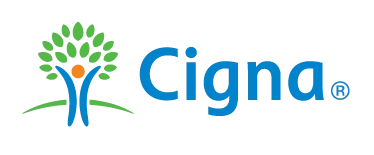
Executive Sponsor

Supporting Sponsor
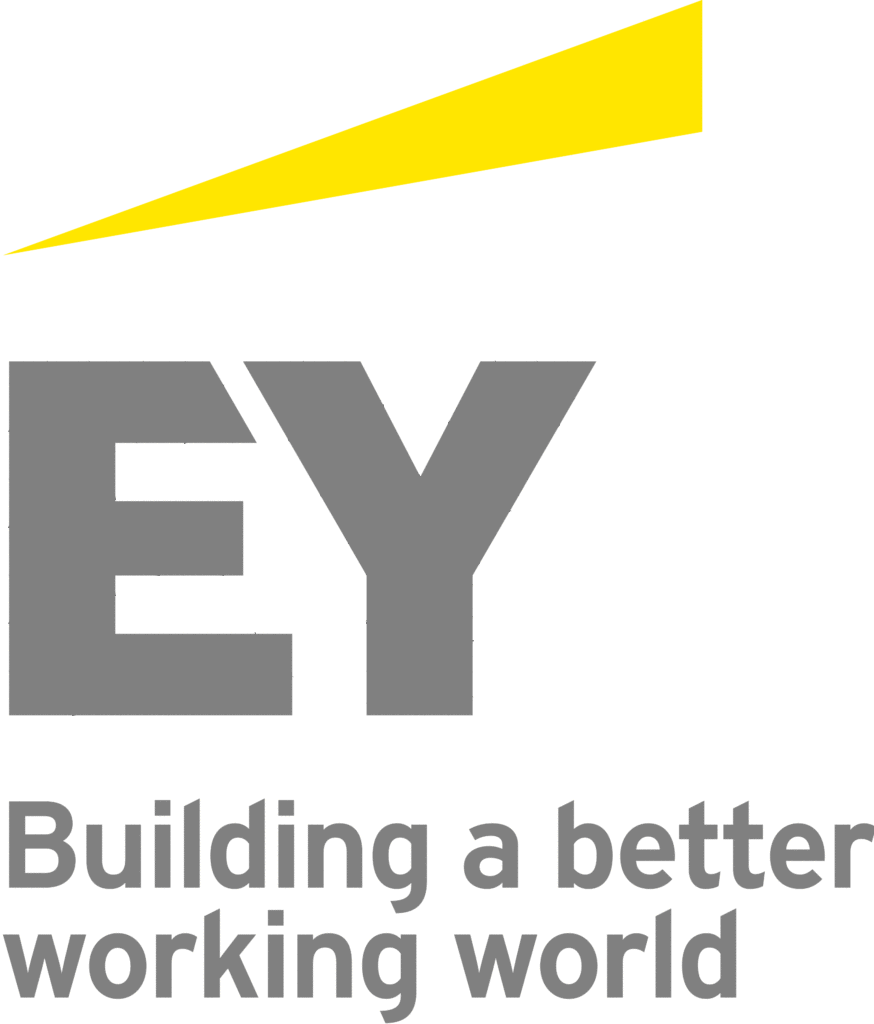
Program Partner

Become a member today
We need your voice at the table to make Greater Washington a place where everyone can succeed



